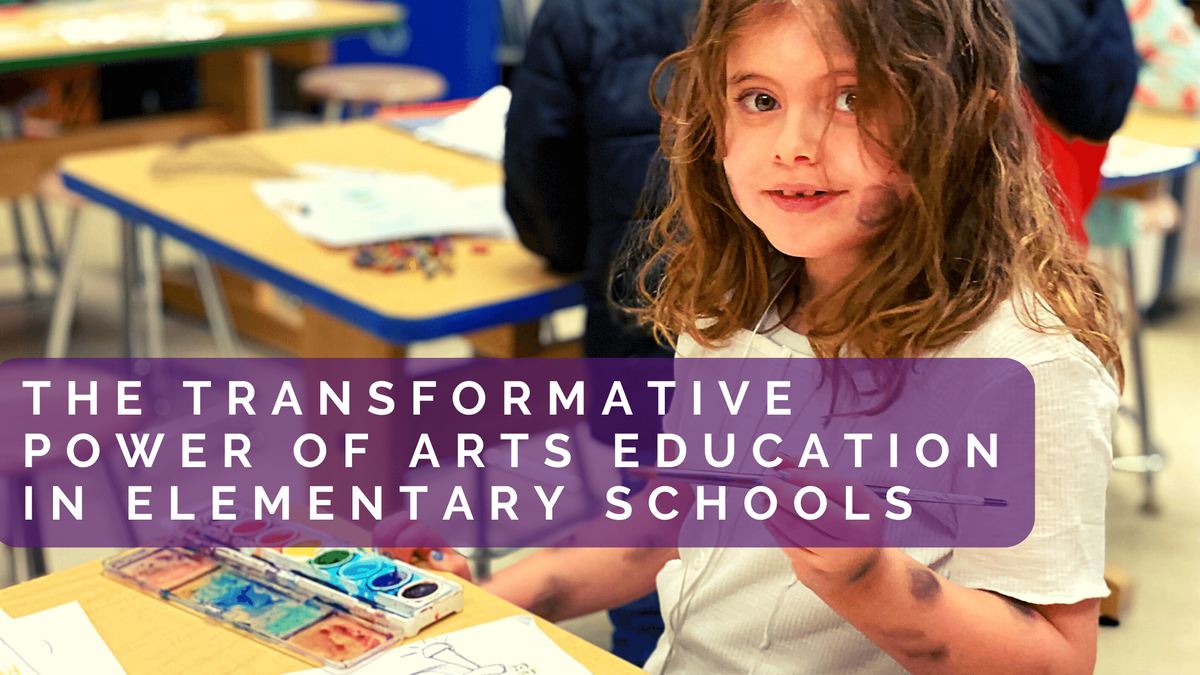Elementary school years are a critical phase in a child's development, providing a foundation for their future academic, social, and emotional growth. While core subjects like math and language arts are undoubtedly important, one area that often gets overlooked is arts education. In this blog post, we will explore the numerous benefits of incorporating arts into elementary school curricula and how it positively impacts young learners.
- Fostering Creativity and Self-Expression: Arts education encourages children to think outside the box, sparking their imagination and fostering creative thinking skills. Through various art forms such as painting, drawing, music, and drama, students are given a platform to express themselves freely, explore their unique identities, and develop their own artistic voice. This creative outlet not only nurtures their artistic abilities but also enhances their problem-solving skills, encouraging them to approach challenges from diverse perspectives.
Enhancing Cognitive Development: Engaging in arts activities has been linked to improved cognitive abilities. Research indicates that arts education enhances memory retention, sharpens critical thinking skills, and improves concentration and attention span. The process of creating art stimulates brain connections, promoting the development of neural pathways that contribute to enhanced cognitive functioning. By integrating arts into elementary school curricula, educators provide students with a well-rounded education that nurtures both their artistic and intellectual capacities.
Encouraging Collaboration and Teamwork: The arts provide an ideal platform for collaborative learning. When students participate in group art projects or musical ensembles, they learn to work together, share ideas, and appreciate different perspectives. Collaborative artistic endeavors promote communication and cooperation, fostering a sense of teamwork among young learners. These skills are transferable to other subjects and real-life situations, helping students become effective team players and contributing members of society.
Boosting Confidence and Self-Esteem: Arts education plays a significant role in building confidence and self-esteem in elementary school students. By encouraging creativity and self-expression, the arts provide a safe space for children to take risks, explore their talents, and showcase their achievements. When students see their artistic endeavors appreciated and celebrated, it boosts their confidence, helping them develop a positive self-image and a belief in their abilities. This newfound confidence extends beyond the arts and positively influences their overall academic performance and social interactions.
Cultivating Cultural Awareness and Empathy: Through arts education, students are exposed to diverse cultures, traditions, and perspectives. Art forms from around the world provide a window into different societies, fostering cultural understanding and empathy. By exploring various art styles, music, and dance, children develop an appreciation for different cultures, promoting inclusivity and tolerance. This exposure to diversity encourages them to celebrate differences and embrace cultural heritage, ultimately creating a more harmonious and accepting society.
The inclusion of arts education in elementary school curricula offers a multitude of benefits for young learners. By nurturing creativity, enhancing cognitive development, fostering collaboration, boosting confidence, and cultivating cultural awareness, arts education provides a holistic approach to education. It equips students with essential skills and qualities that extend beyond the classroom and prepares them for a dynamic and interconnected world. As educators and parents, let us recognize the transformative power of the arts and advocate for its rightful place in elementary school education.

